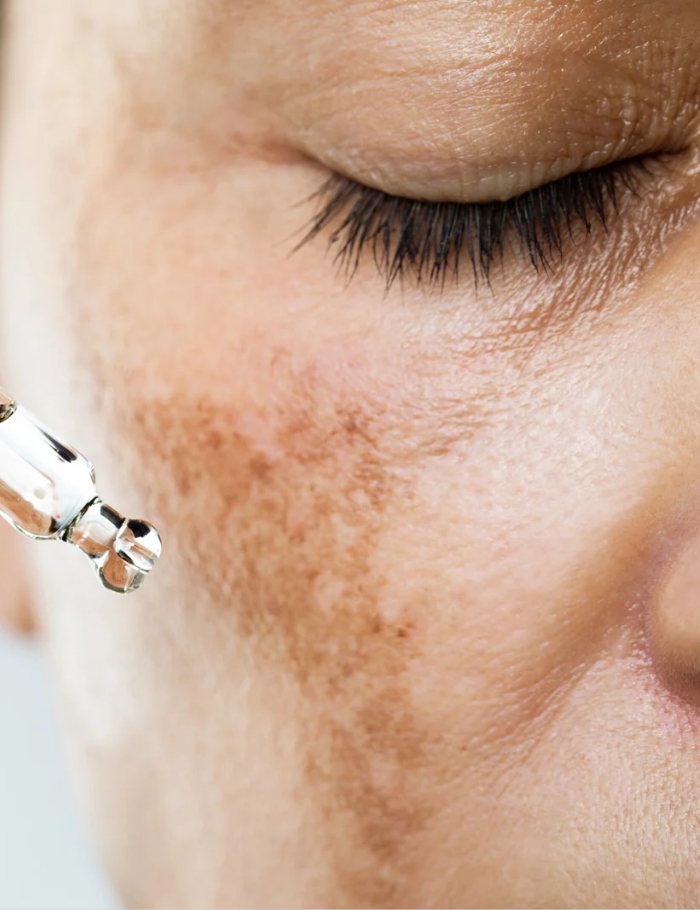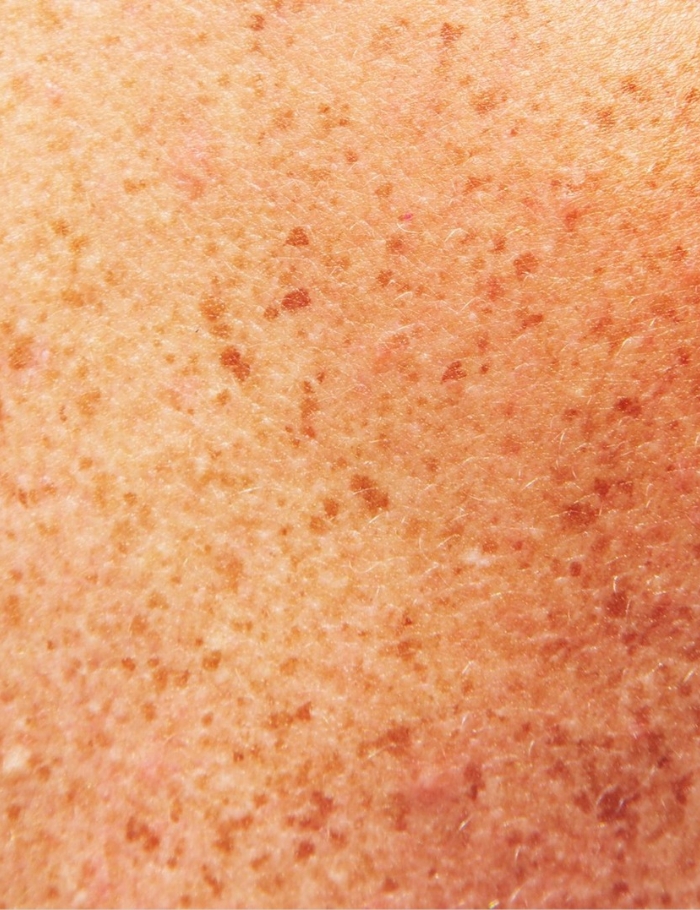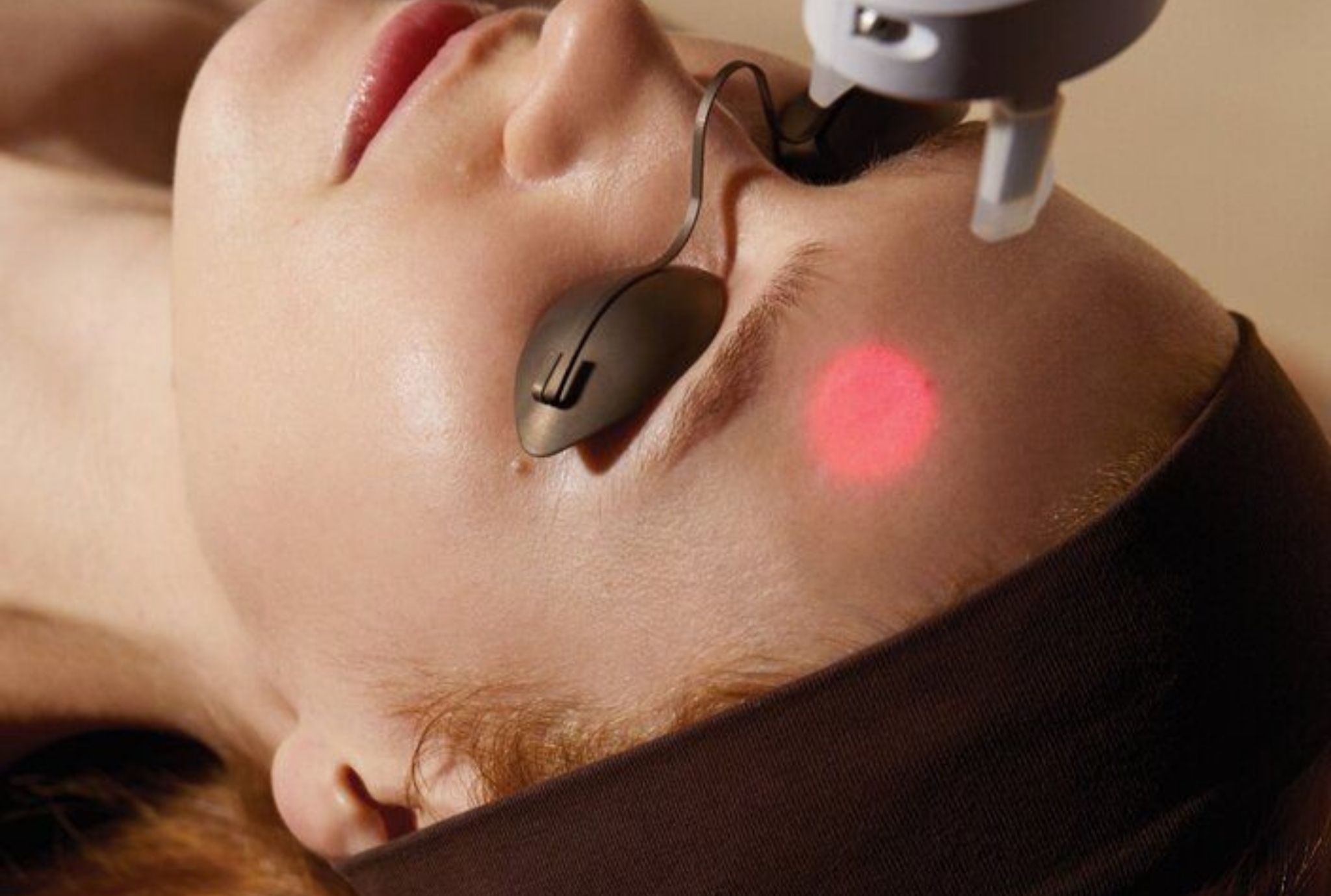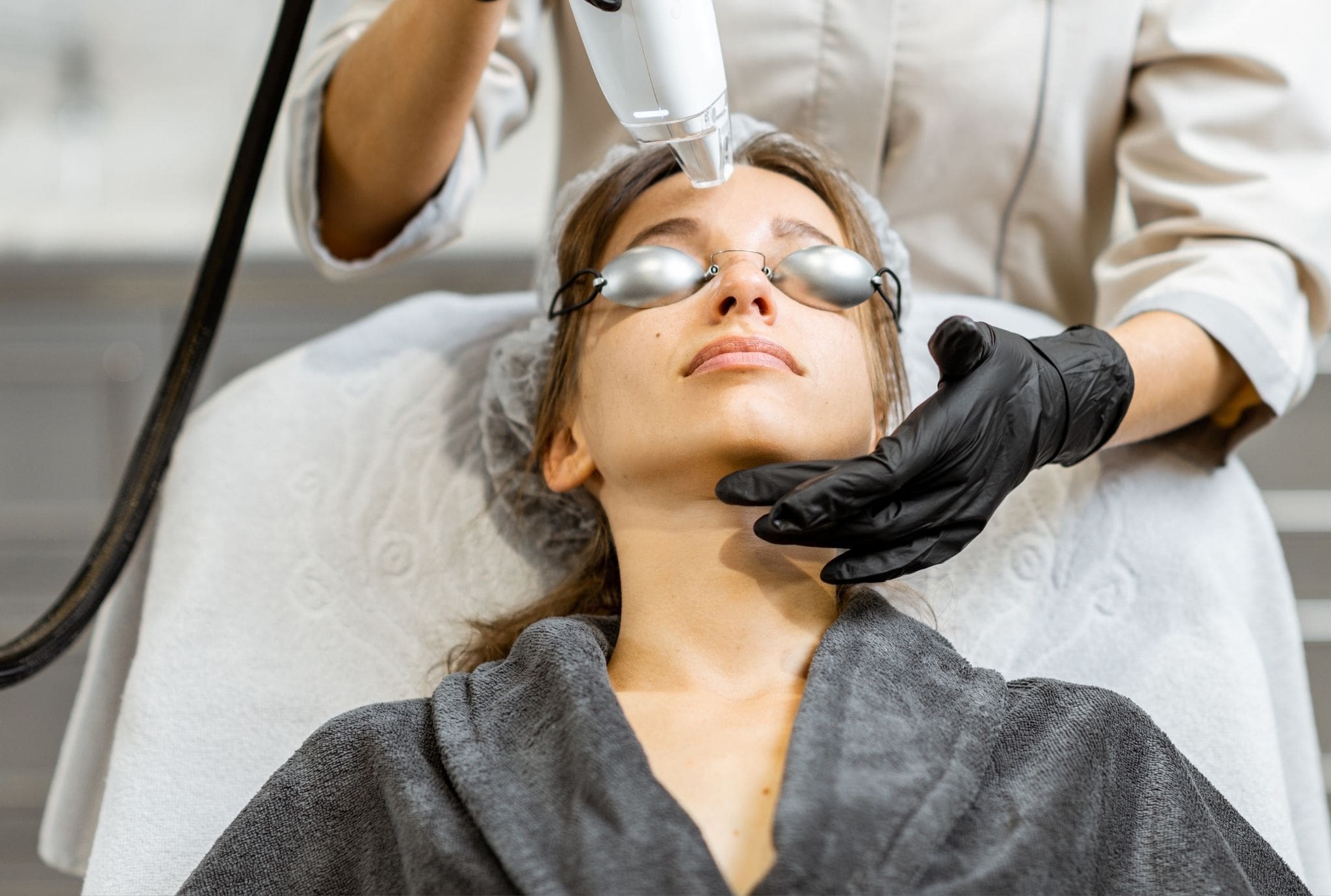Laser treatment for Pigmentation
Laser pigmentation is an aesthetic dermatological procedure used to remove several types of pigmentation – sun spots, age spots, and freckles.
The laser is targeted to the pigmented areas on the skin, which absorb the light..
This heats the tissues and breaks down the pigment without harming the surrounding tissues. .
The pigments in the lesions are drawn to the skin surface and eventually fade or flake off, giving you a more even skin tone and complexion.







